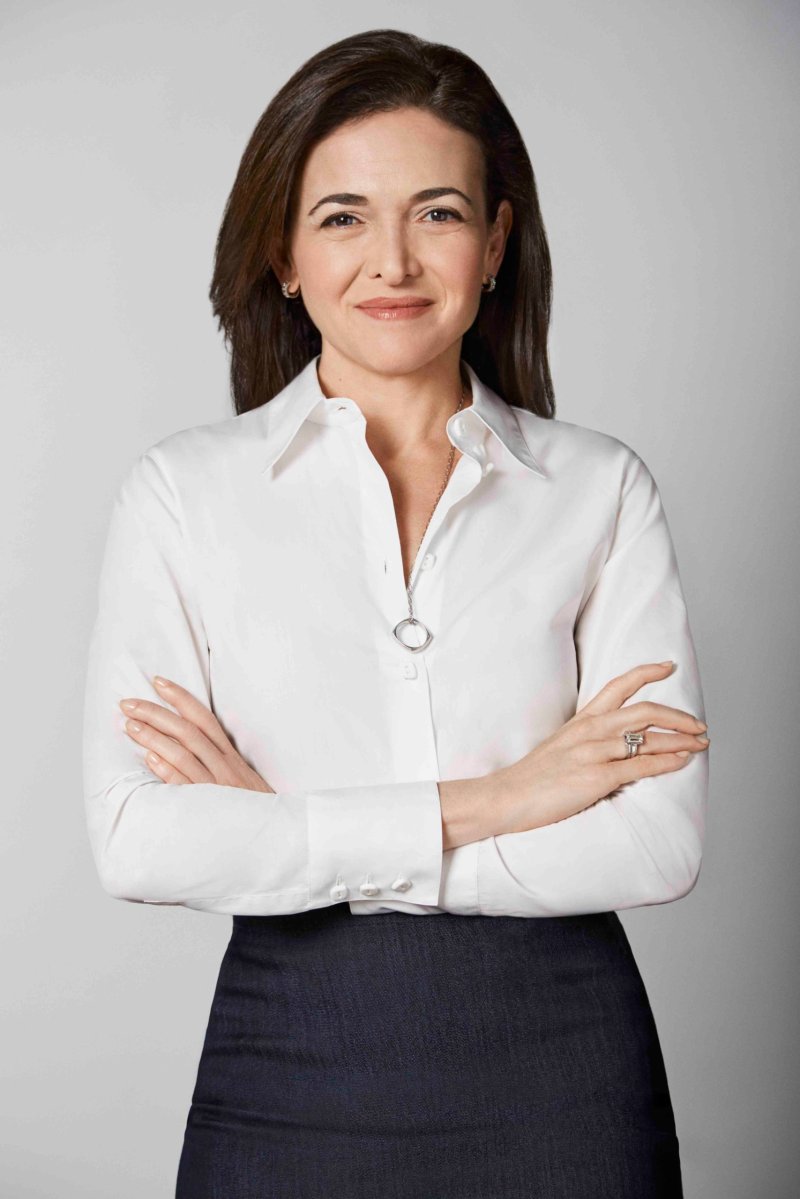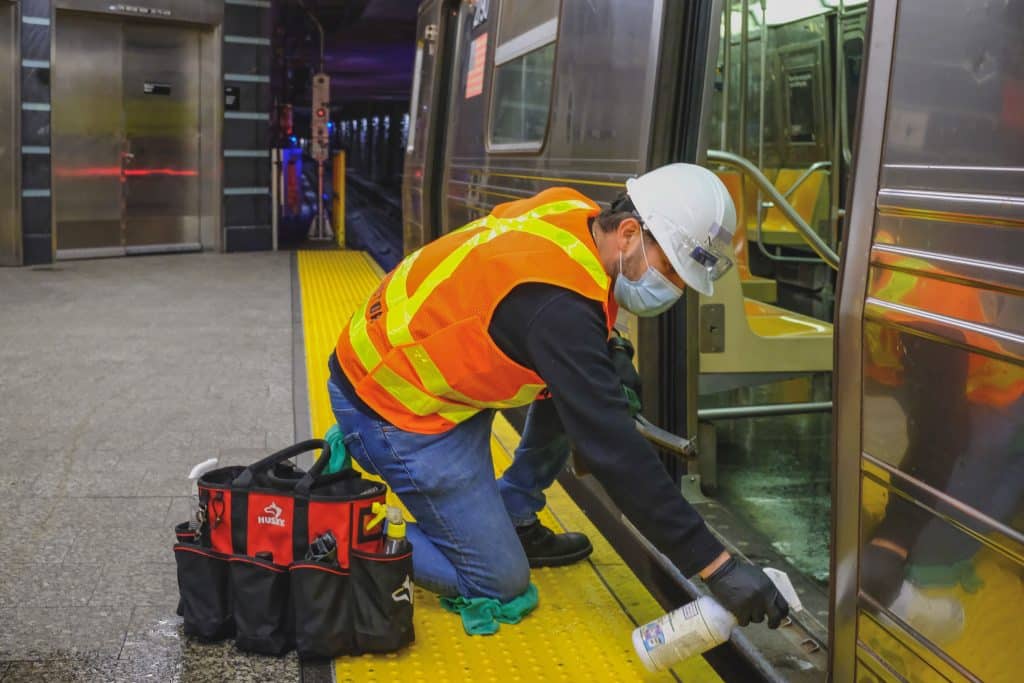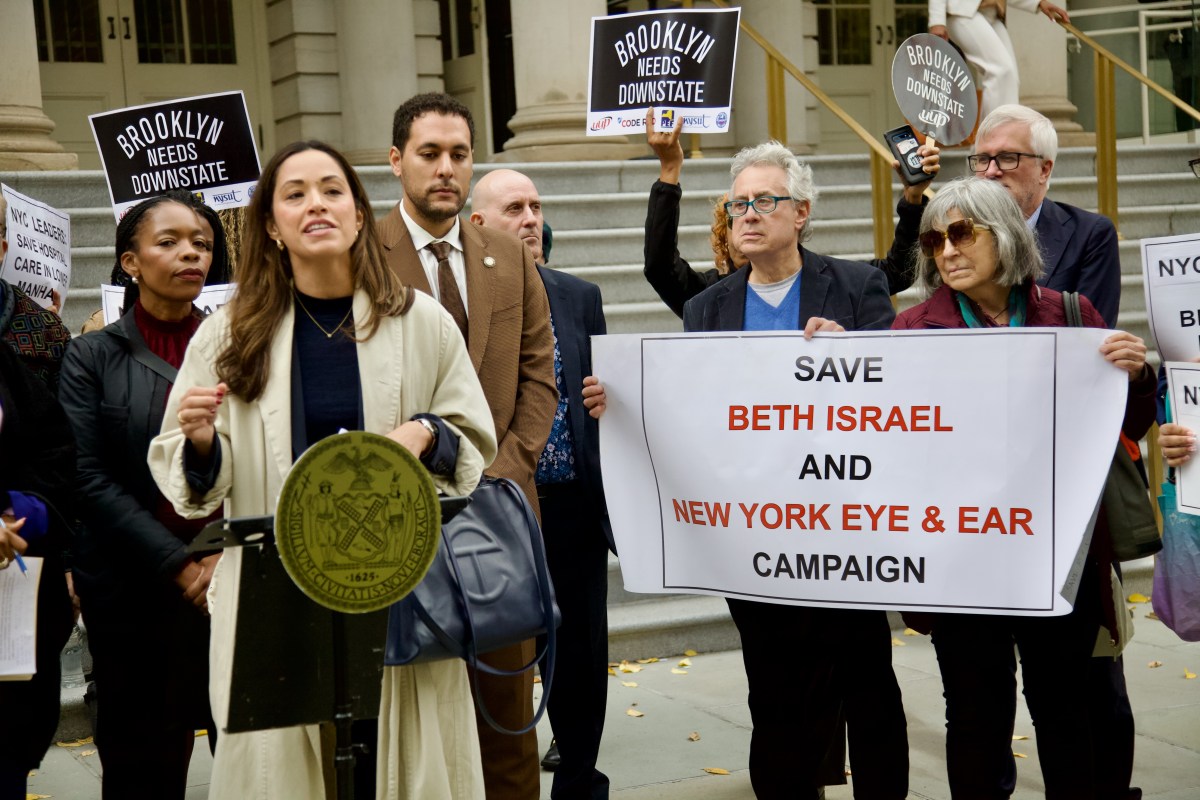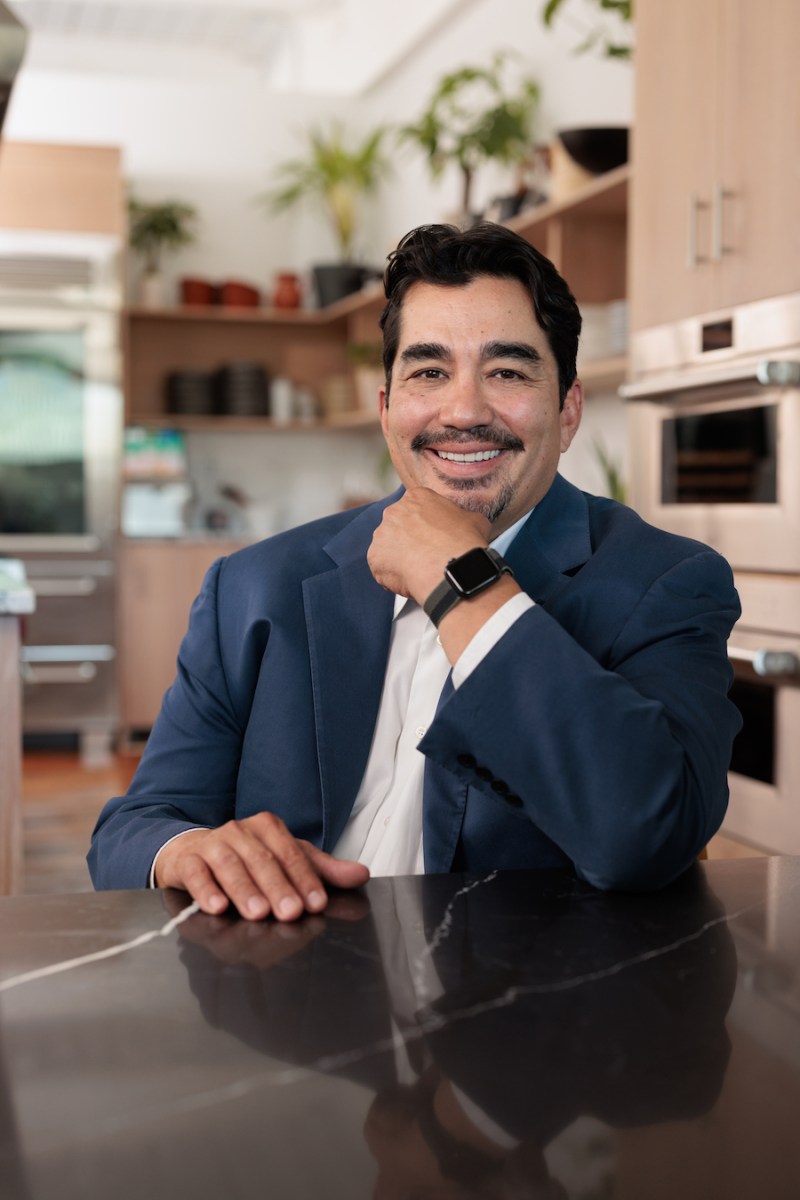Facebook COO and best-selling author Sheryl Sandberg has a lot to be grateful for in life, but that doesn’t mean she doesn’t know hardship. Back in 2015, her husband and best friend, Dave Goldberg, passed away suddenly while on vacation. She revealed in a heartbreaking Facebook post 30 days later that she didn’t know if she’d ever be able to “feel pure joy again.” She feared her children wouldn’t have a happy childhood.
Sandberg reached out to her friend and psychologist Adam Grant on how to healthily cope. Their conversations led to the publication of the book “Option B,” which was released on April 24.
Last night, Grant interviewed Sandberg about the book at a special Free Library Author Event at UPenn’s Irvine Auditorium.
Here are five things Sandberg teaches us about resilience in the face of adversity:
1. There are three P’s that can hinder a person’s recovery from a traumatic event: personalization, pervasiveness and permanence.
According to psychologist Martin Seligman, personalization places the fault on ourselves, pervasiveness is the belief that the event will impact all parts of life and permanence is the belief that the pain will never go away.
Sandberg notes she “fell into these traps,” which included blaming herself for her husband’s death of a cardiac arrhythmia on an exercise machine: “I worried incessantly that I could have saved him by finding him sooner … I worried that he had complained of chest pain but we had missed it. I thought endlessly about his diet and if I should have pushed him to make more improvements.”
2. Resilience isn’t something we’re born with. It’s a muscle that needs to be built.
“What I learned with Adam is that I was asking the wrong questions. How much resilience do my kids have? How much resilience do I have? He was like, ‘No. Resilience is a muscle you build in yourself and other people. Ask me how to build it.’”
3. Adversity isn’t just dealing with death, it can also be long-term unemployment, cancer, incarceration — and for those with limited financial security, those hardships are even harder.
“For many, an unexpected event like a single hospital visit or a car repair can undo financial stability overnight. Sixty percent of Americans have faced an event that threatened their ability to make ends meet and a third have no savings, which leaves them constantly vulnerable,” Sandberg explains.
4. Things could be worse.
Sandberg says what helped her cope the most was focusing on worst-case scenarios.
“During the early days of despair, my instinct was to try to find positive thoughts,” Sandberg remembers. “Adam told me the opposite: that it was a good idea to think about how much worse things could be. ‘Worse?’ I asked him. ‘Are you kidding? How could this be worse?’ His answer cut through me: ‘Dave could have had that same cardiac arrhythmia driving your children.’ Wow. The thought that I could have lost all three of them had never occurred to me. I instantly felt overwhelmingly grateful that my children were alive and healthy.”
5. Don’t shift the burden to someone who needs help.
Whenever someone is going through hardship, the usual response is: “Let me know if there is something I can do.”
According to Sandberg, this places the burden on the person in distress to ask for help if they need it. Instead, she says you should be proactive and “do something.”
Even if it’s not a close friend, “show up” for them. Do something kind like bringing them a burger or asking them how they’re doing from time to time.
“A lot more showing up and a lot more acknowledging would help a lot of people,” she says.
For more information on Sheryl Sandberg and Adam Grant’s book, “Option B,” click here.
























